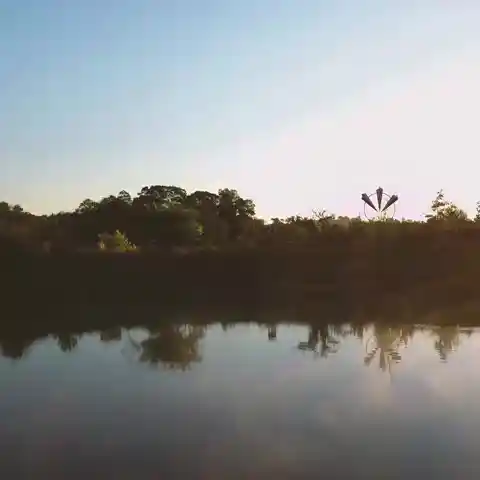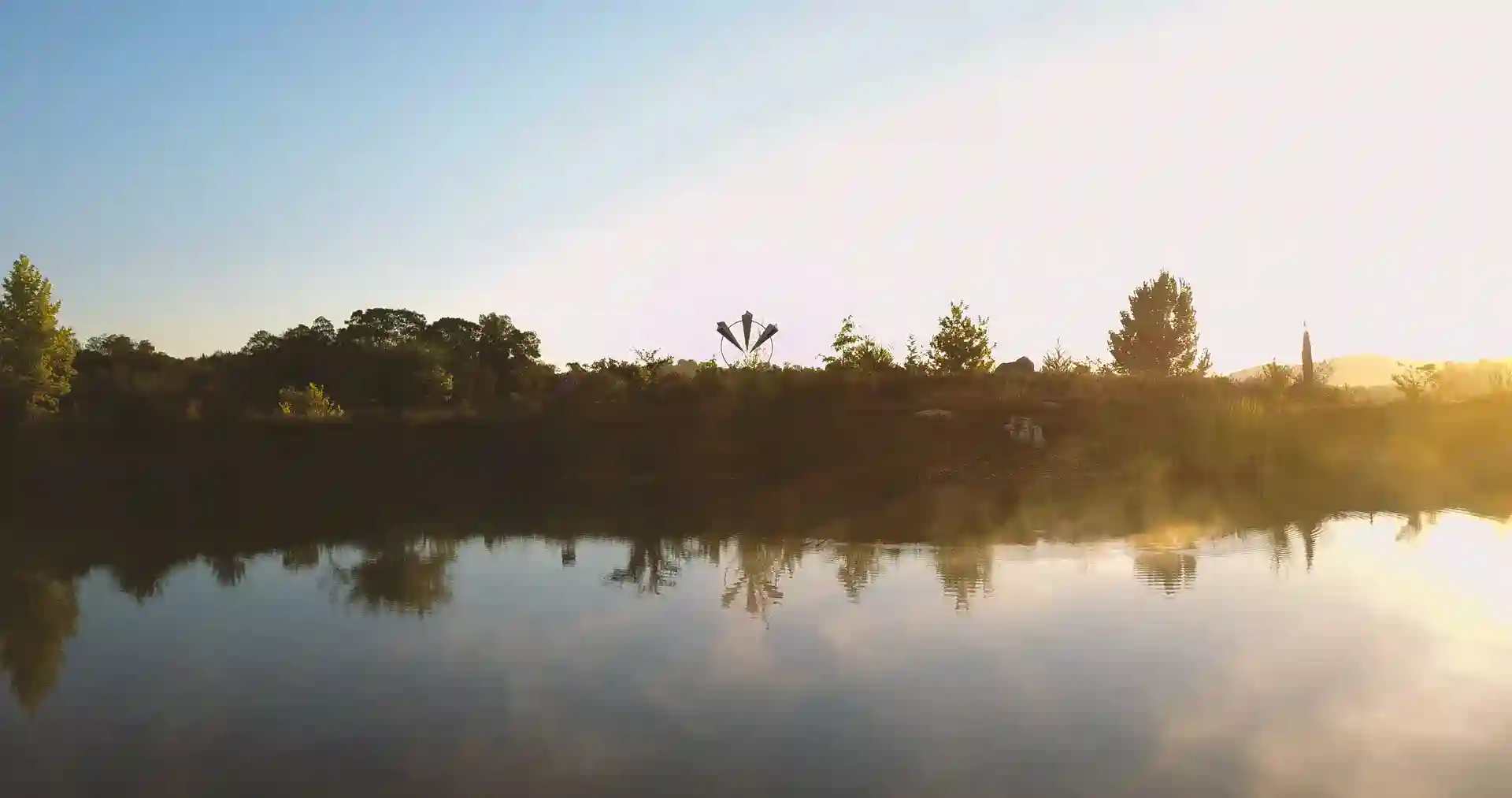Ecosystem Restoration
Ecosystem restoration is the process of reclaiming habitat and of assisting the recovery of an ecosystem that has been degraded, damaged or destroyed. By building extensive Water Retention Landscapes, creating edible landscapes, reforestation and grazing management, we heal the landscape, reverse the desertification of our land, prevent catastrophes like floods, droughts and wildfires and increase biodiversity and soil regeneration for our edible landscapes. Thereby we can move from merely adapting to climate change to restoring it.
“It is essential to seek comprehensive solutions which consider the interactions within natural systems themselves and with social systems. We are faced not with two separate crises, one environmental and the other social, but rather with one complex crisis which is both social and environmental. Strategies for a solution demand an integrated approach to combating poverty, restoring dignity to the excluded, and at the same time protecting nature.”
POPE FRANCIS, in his 2015 encyclical letter “Laudato Si”
Vision
If principles of natural water management are understood and implemented, not only can an abundance of water and food become available for all people on Earth – our global climate can also be restored. Understanding and implementing this leads to worldwide ecosystem restoration. The crucial principles of natural water management are:
1. Decentralizing Water Management
Restoring natural water cycles is only possible through localized, decentralized activity. For people to take responsibility and act meaningfully to restore their local ecosystems, we need to consider water management primarily at the level of each watershed. Decentralized movements have short, effective feedback loops, allowing people to see and feel the effects of their own actions. Ordinary people are empowered to restore the landscapes they live in and to see how responsible water management benefits their own lives. Following the principles of the New Water Paradigm, decentralizing water management also enables the re-diversification of regional agriculture. Large-scale centralized projects don’t offer the same advantages.
2. Preventing Unnecessary Runoff Through Rainwater Infiltration into the Earth Body
Natural water cycles are broken all over the world. Rainwater can’t infiltrate into the ground due to soil erosion and mismanagement of vegetation. This is mainly caused by industrial agricultural practices and widespread surface sealing in urban areas. Rainwater runoff deprives ecosystems of necessary water and steadily dries them out. Groundwater tables drop and springs dry up, accelerating desertification. Rainfall patterns grow more extreme and cause infrastructure damage, river pollution and flooding. Thus ecosystems are destroyed, extreme water events increase and agriculture becomes more and more difficult. To reverse this situation, the first step is to implement rainwater retention measures which allow rainwater to infiltrate into the Earth body and vegetation to increase again, restoring topsoil. Natural water cycles are the prerequisite for restoring intact ecosystems, and thus for developing regenerative agriculture.
3. Abundant Re-Vegetation of Watersheds
In an ecosystem with intact natural water cycles, much of the earth is shaded and rooted by diverse vegetation. A layer of rich humus topsoil, protected by this dense vegetation, absorbs the majority of rainwater. From there, rainwater slowly infiltrates into the ground, recharging aquifers and re-emerges as mineralized, vitalized spring water. A crucial key for ecosystem restoration is rebuilding forests with great diversity of tree and shrub species. Healthy diverse forests are natural Water Retention Landscapes and offer solutions to problems caused by tree monocultures (like wildfires).
Results
Decentralizing Water Management
- Our depleted aquifers are recharged by the Water Retention Landscape, and provide a constant water supply through springs.
- The more we’ve implemented Water Retention Landscape on our land, the more we’ve seen the imperative to apply the same principles of ecosystem restoration in the watershed of which we’re part. That’s why we’ve offered consultations and implemented Water Retention Landscapes in the region.
- We’re preparing to apply Holistic Planned Grazing methods, developed by Zimbabwean scientist Allan Savory, as it shows how herd animals can serve ecosystem restoration on a large-scale and at a relatively small cost.
Preventing Unnecessary Runoff Through Rainwater Infiltration into the Earth Body
- By slowing down the water at the most elevated points of the watershed where runoff and erosion begins with various types of earthworks like swales, terraces and waterworks like ponds and lakes, we’ve reduced rain water runoff and erosion.
- We’ve increased rainwater infiltration, storing it in the soil, subsoil and deeper layers of the Earth body, thereby recharging aquifers and making the water available for the local environment.
- We’re loosening the soil deeply, planting green manure, applying pasture management and natural farming to regenerate the soil and improving its retention capacity.
Abundant Re-Vegetation of Watersheds
- We’ve planted and seeded thousands of forest trees, fruit trees and shrubs since 1995. Using permaculture principles we’ve been able to increase diversity on our land.
- Wild animals like boars, badgers, foxes, genets, forest owls and many other birds have returned to inhabit our forests, hiding in shady places without fear of hunting.
- By establishing forests and building topsoil, carbon is captured from the atmosphere.

